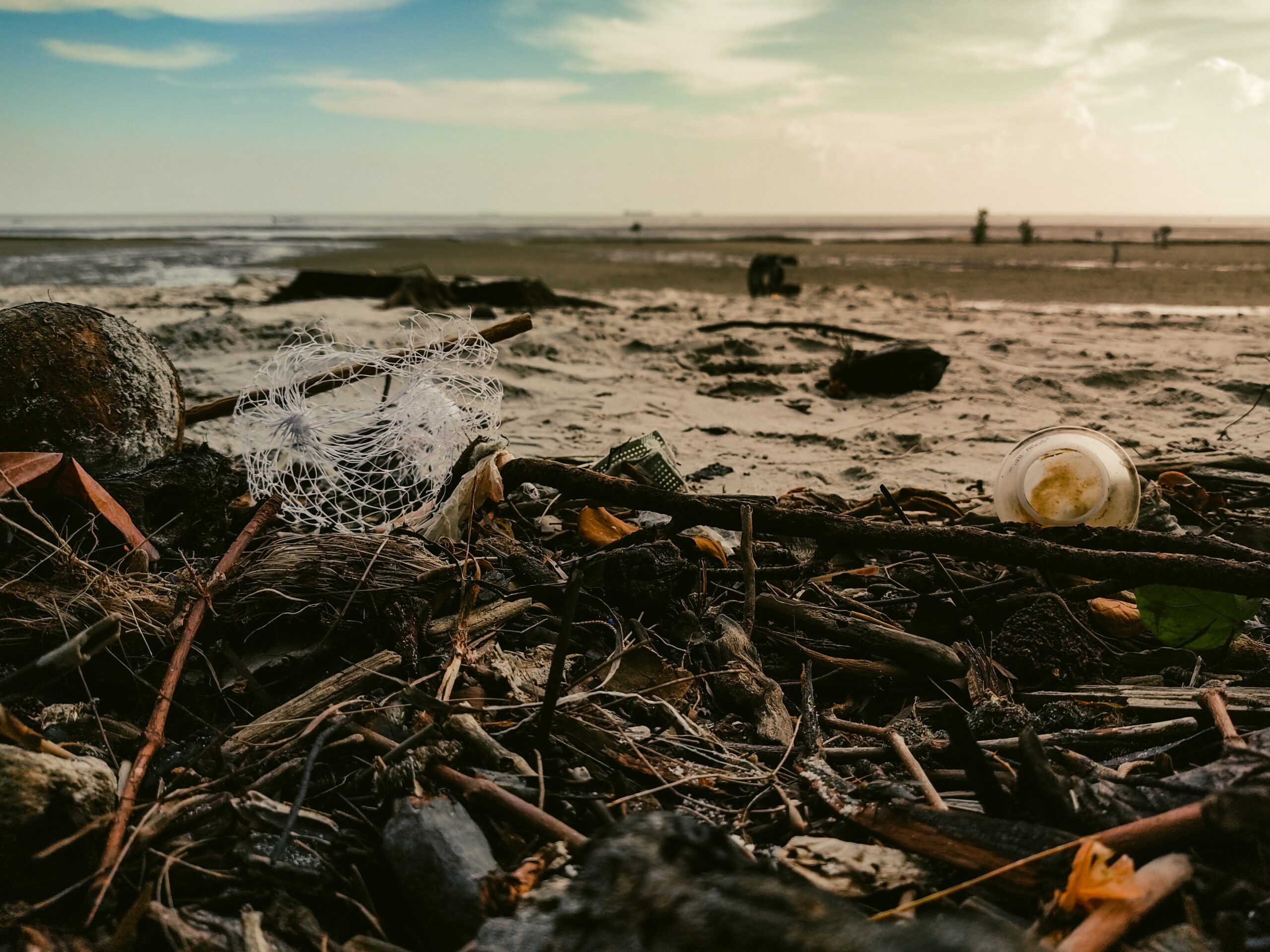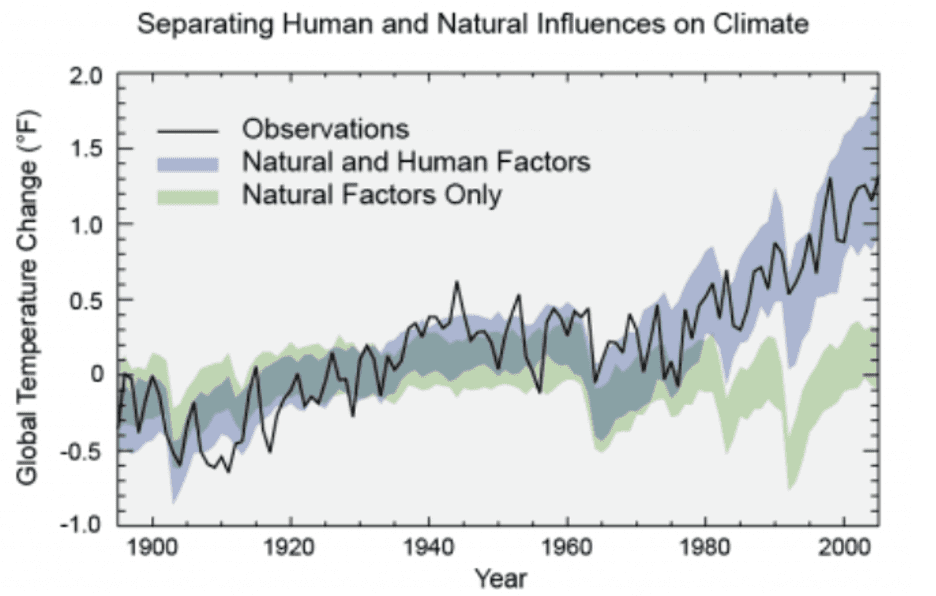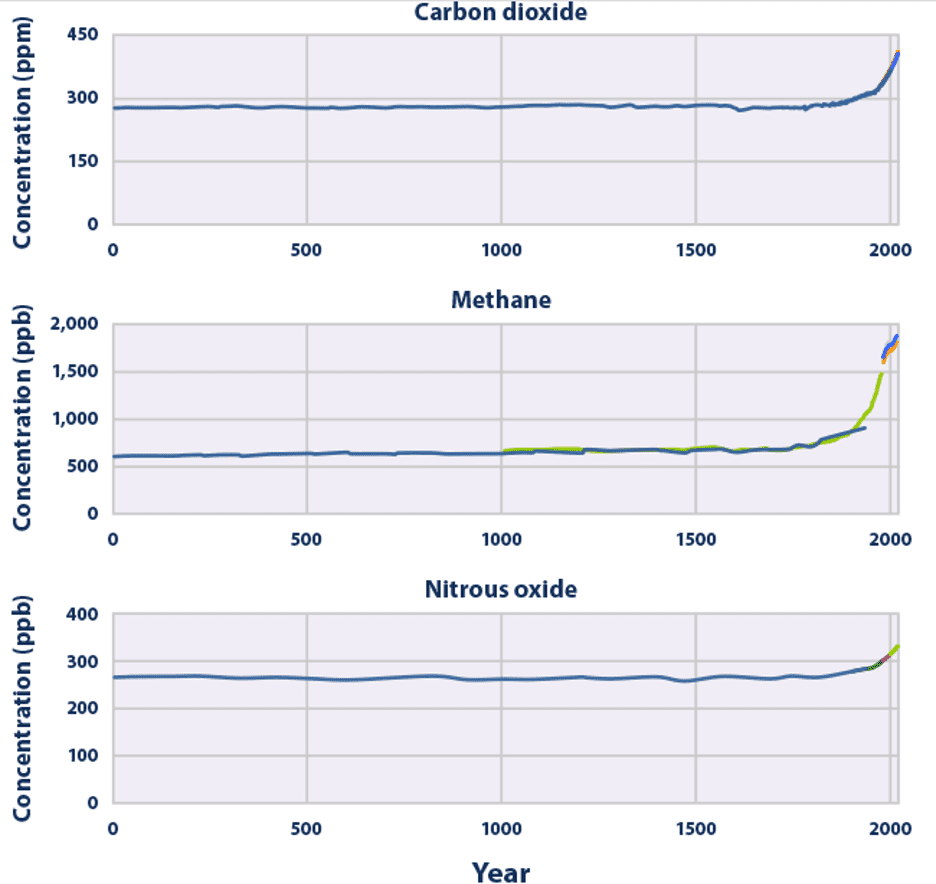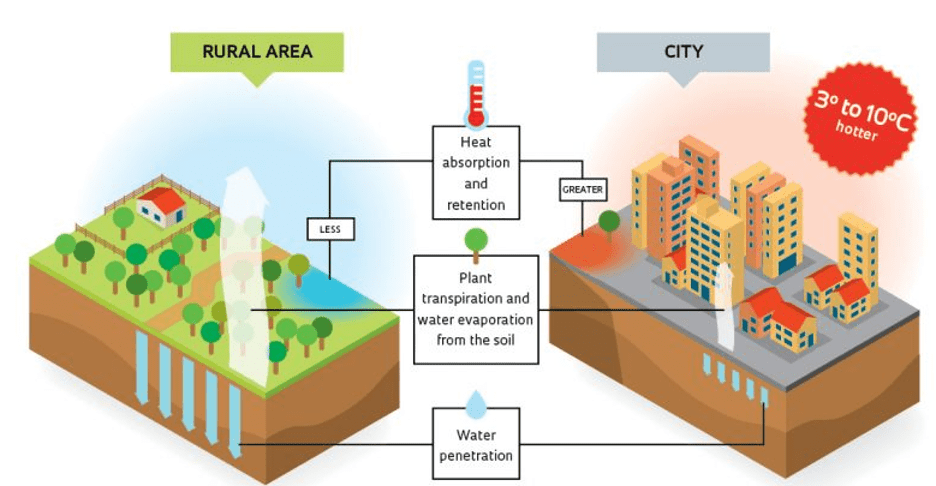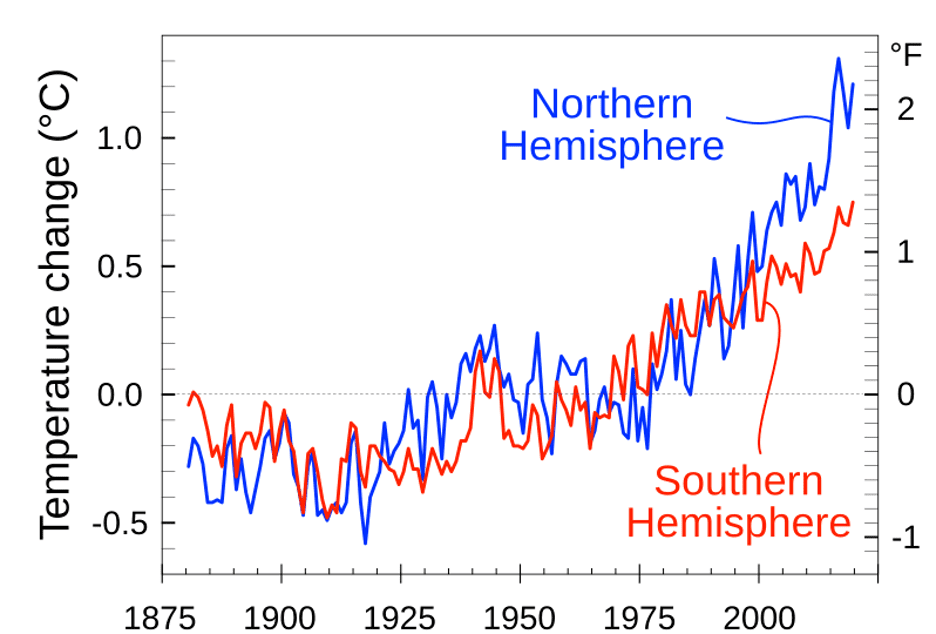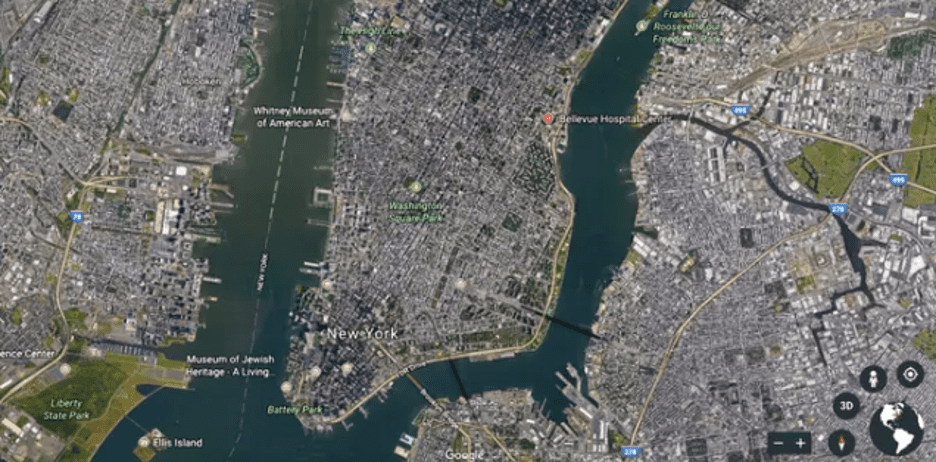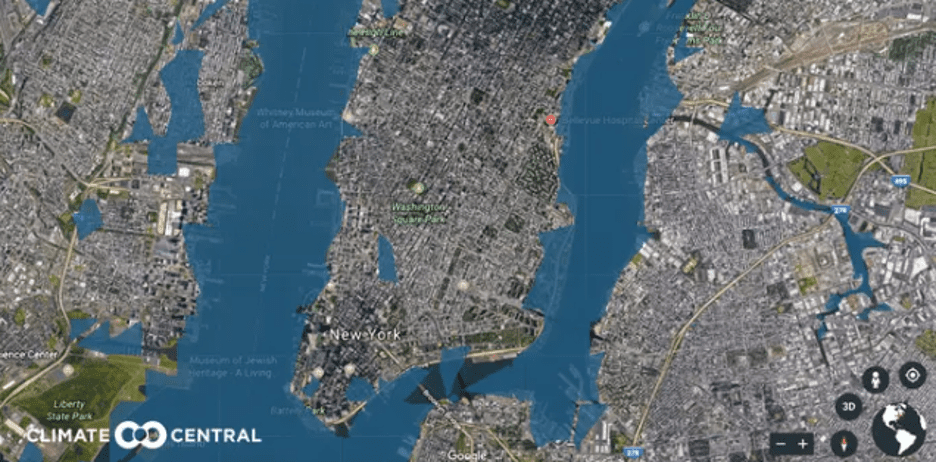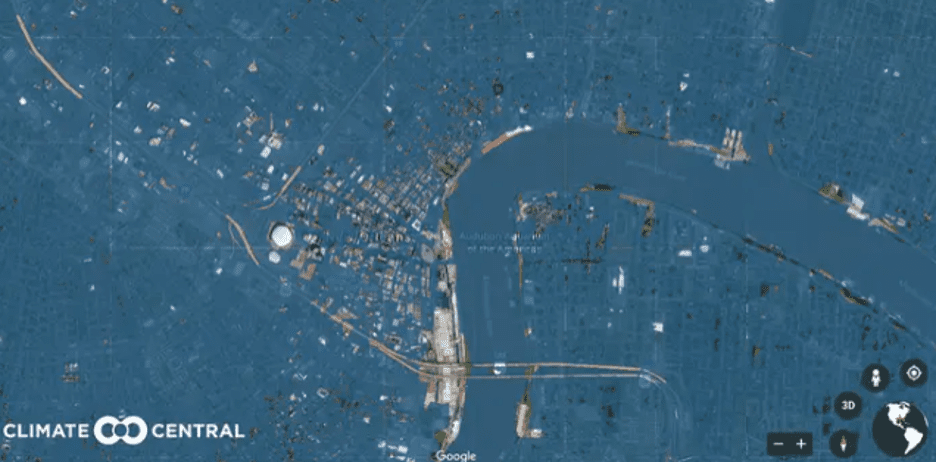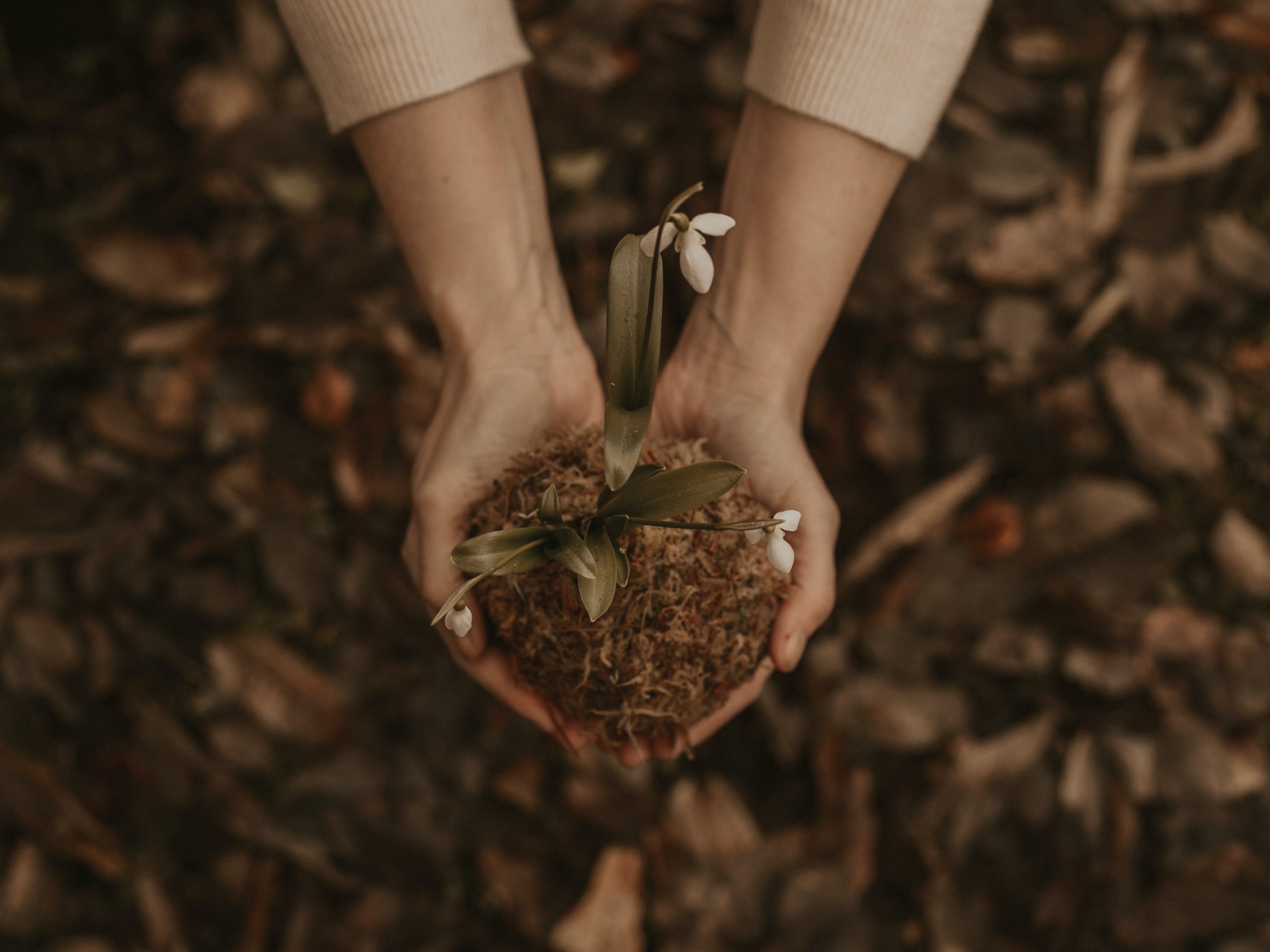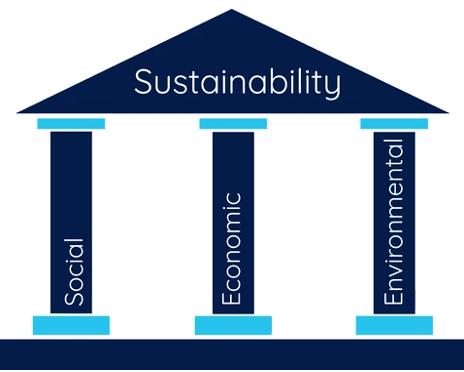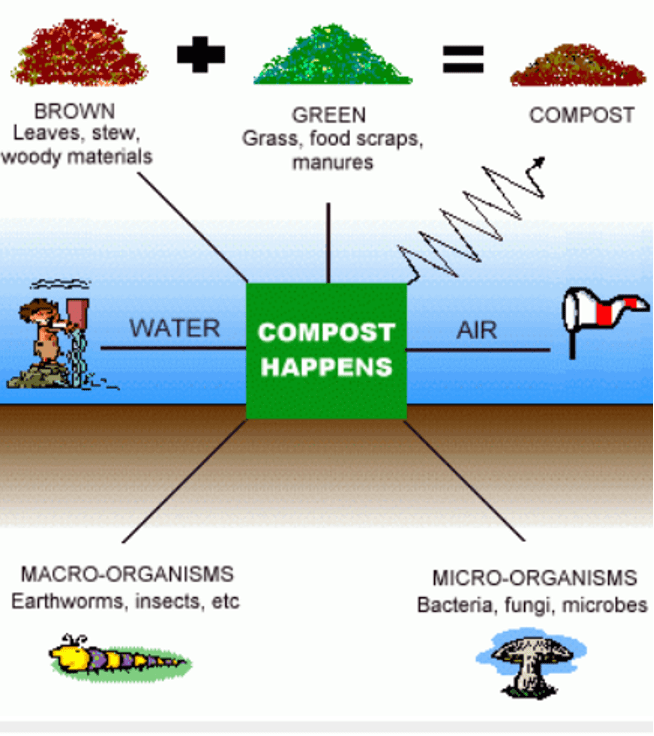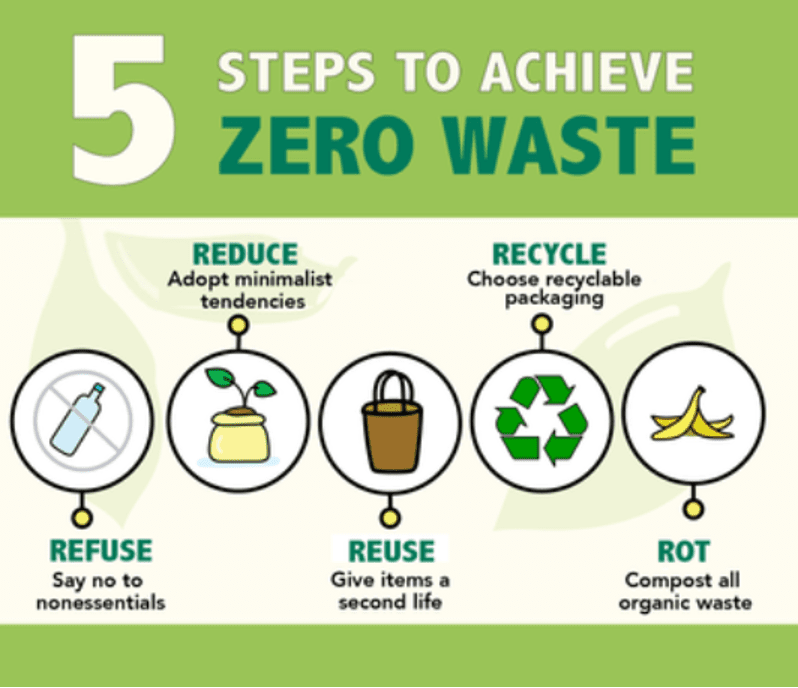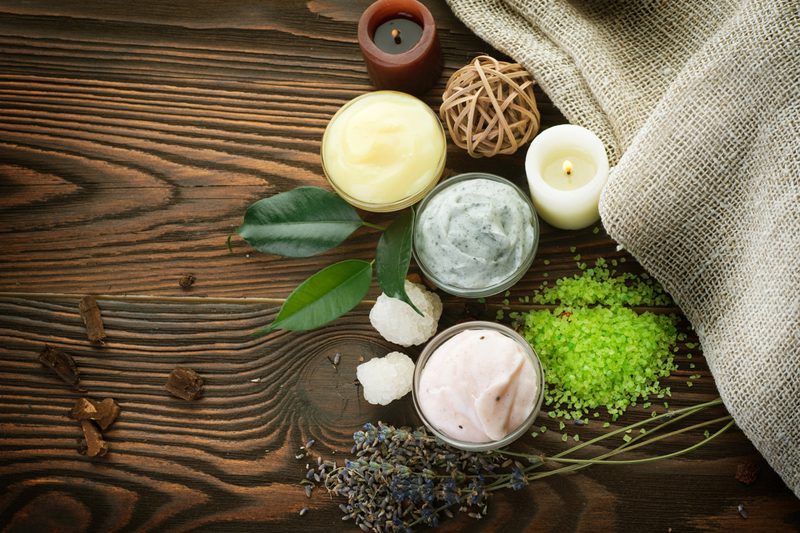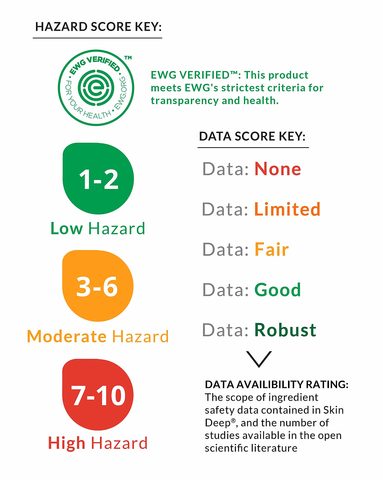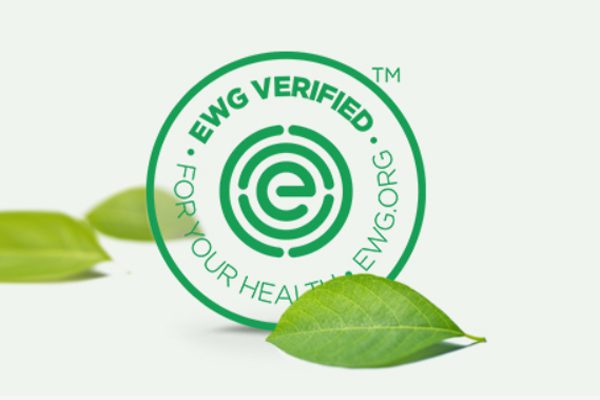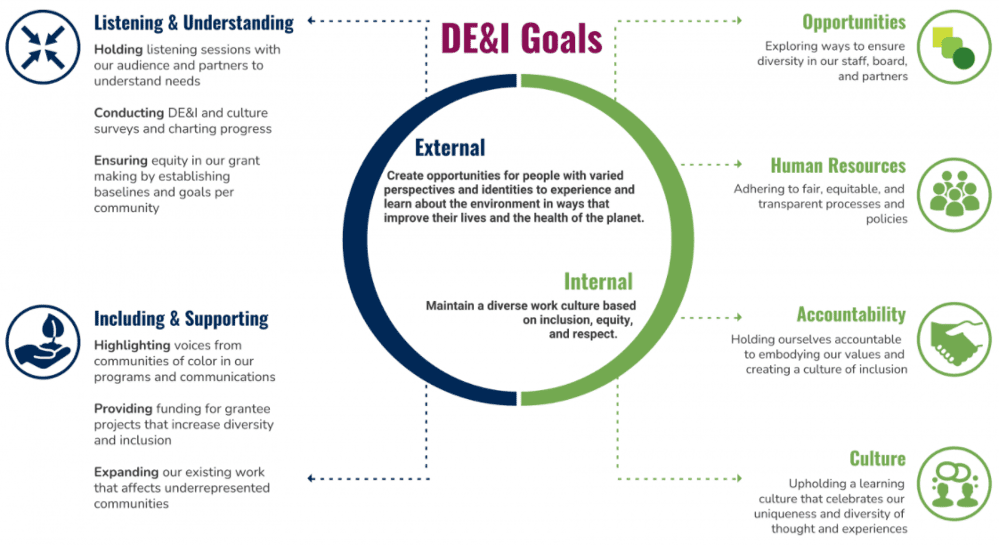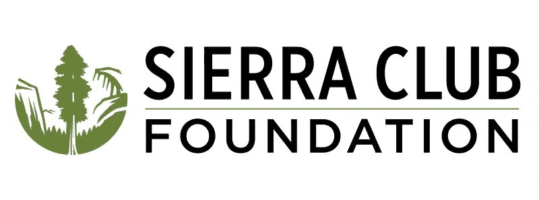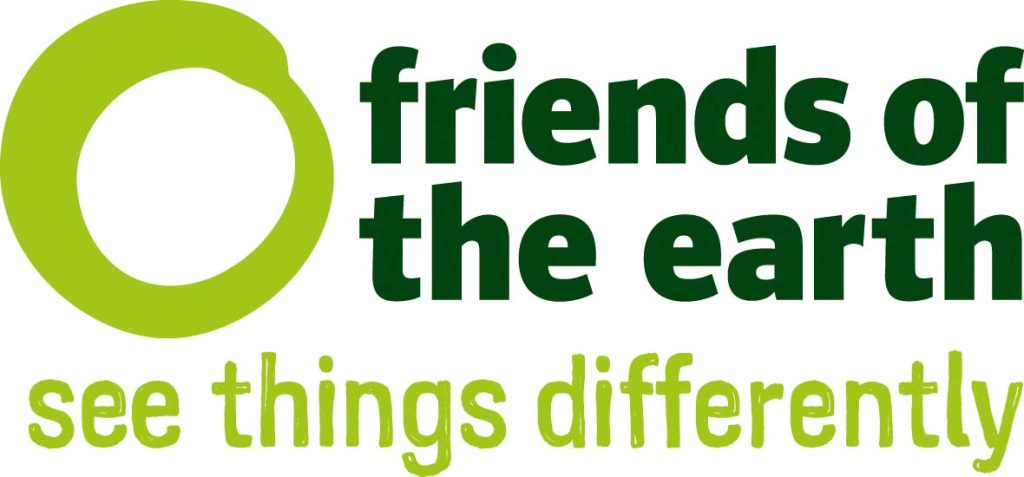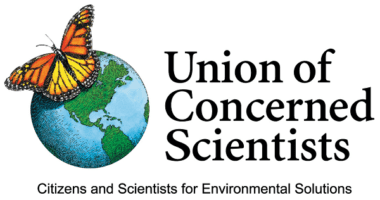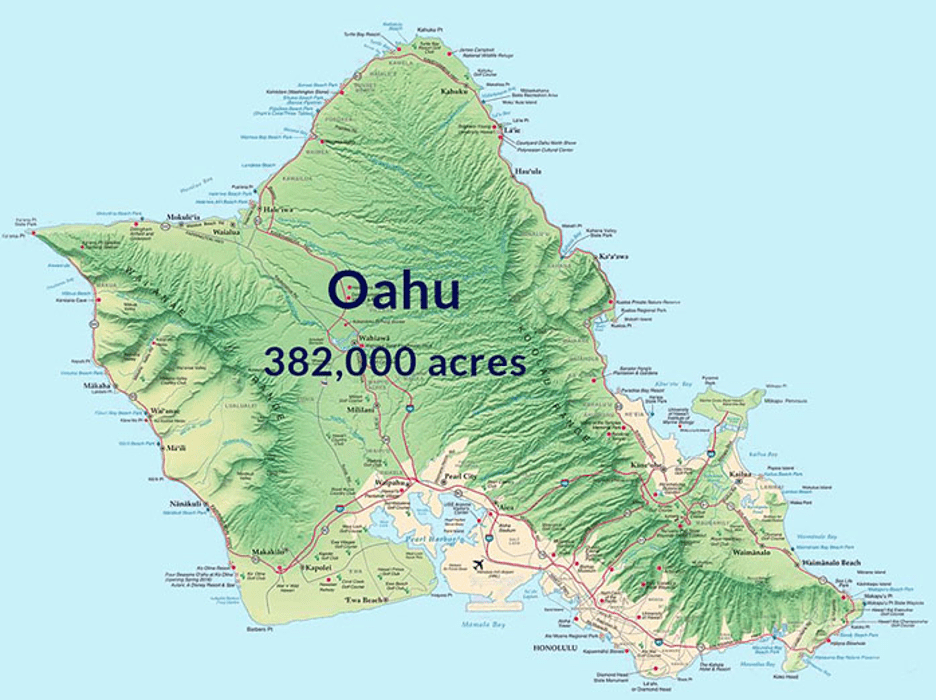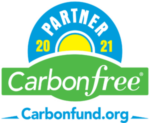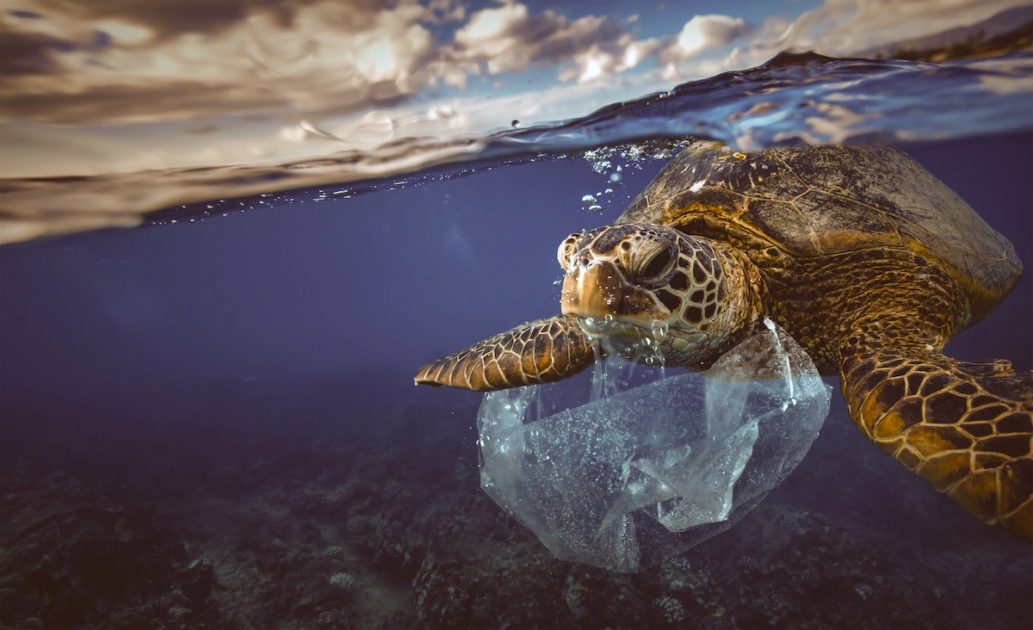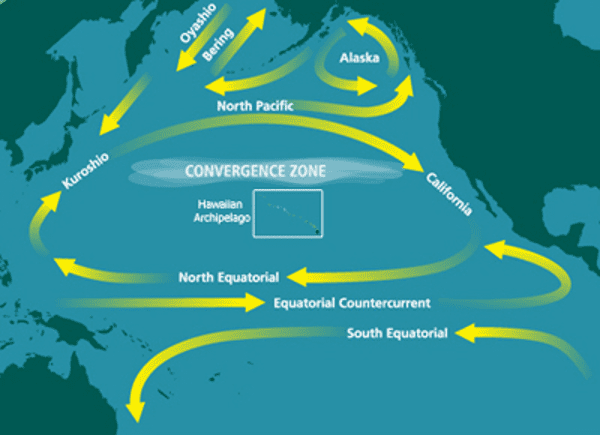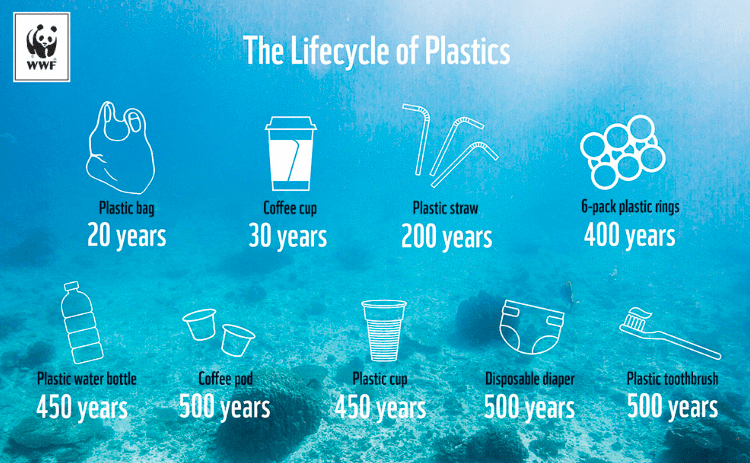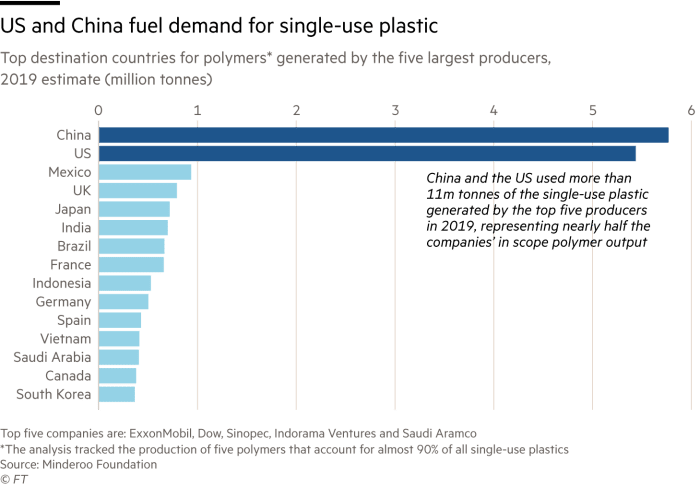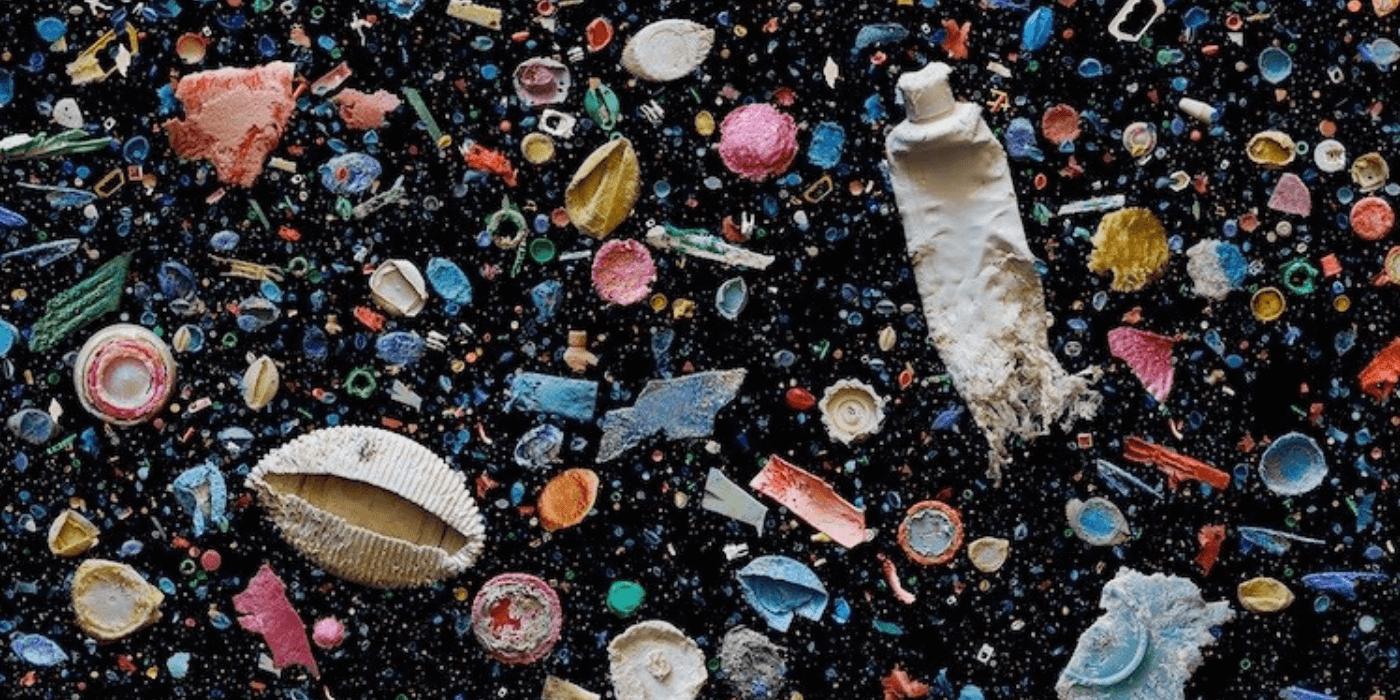Plastic 101: Microplastics and Pollution
Plastic has become a constant element in our lives, with billions of plastic items being created and briefly used daily. Our reliance on plastic has started the course of mass pollution, leading to an array of planetary issues; but the path we are currently on isn’t irreversible. Small, simple changes in our lifestyle can make leaps toward righting the ship, cleaning our oceans, and saving our planet.
With an estimated 11 million metric tons of plastic ending up in our oceans annually, it’s important to know the “what, why, and how” of plastics so we can help each other lessen the impact we make. In this blog, we’ll discuss how plastic is made, the problem with microplastics, and tips for those who want to use less plastic, along with casting a spotlight on plastic-free brands with excellent products to make going zero-waste easier than ever.
How is Plastic Made?
To make plastic, scientists must take base materials, such as crude oil, and transform them with additives, heat, manipulation, and time into a workable polymer. Though the main component of most of these plastics is crude oil, other materials, such as salt, cellulose, natural gas, and coal are also sometimes used.1
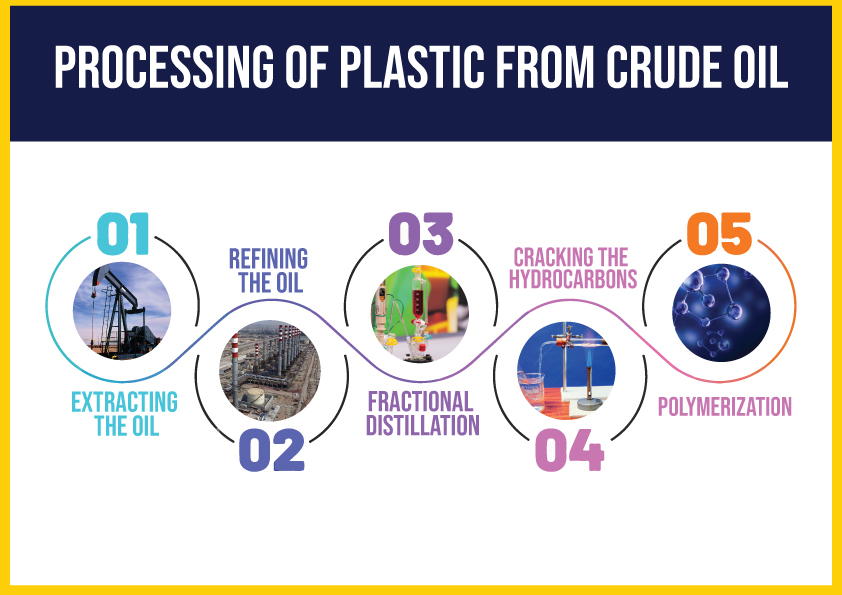
Pictured: The processing of plastic from crude oil Source: Plastic Collectors
The base ingredients are refined during the plastic-making process into ethane and propane, which are heated in a process known as “cracking” until they transform into the monomers ethylene and propylene. As monomers, ethylene and propylene can then be converted into subsequent polymers via a catalyst.2
Transforming ethylene and propylene into polymers can release toxic emissions into the air and may include potentially dangerous chemical compounds like benzene, ethylene oxide, ethylbenzene, and nickel.3
Two primary plastics come out of the plastic-making process: thermoplastics, which can be melted, cooled, and molded until they harden, and thermosets, which are not meltable once they have been cooled. Examples of thermosets are epoxy, polyurethane, silicone, and phenolic, while common examples of thermoplastics include acrylic, polyester, polypropylene, polystyrene, nylon, and Teflon.4
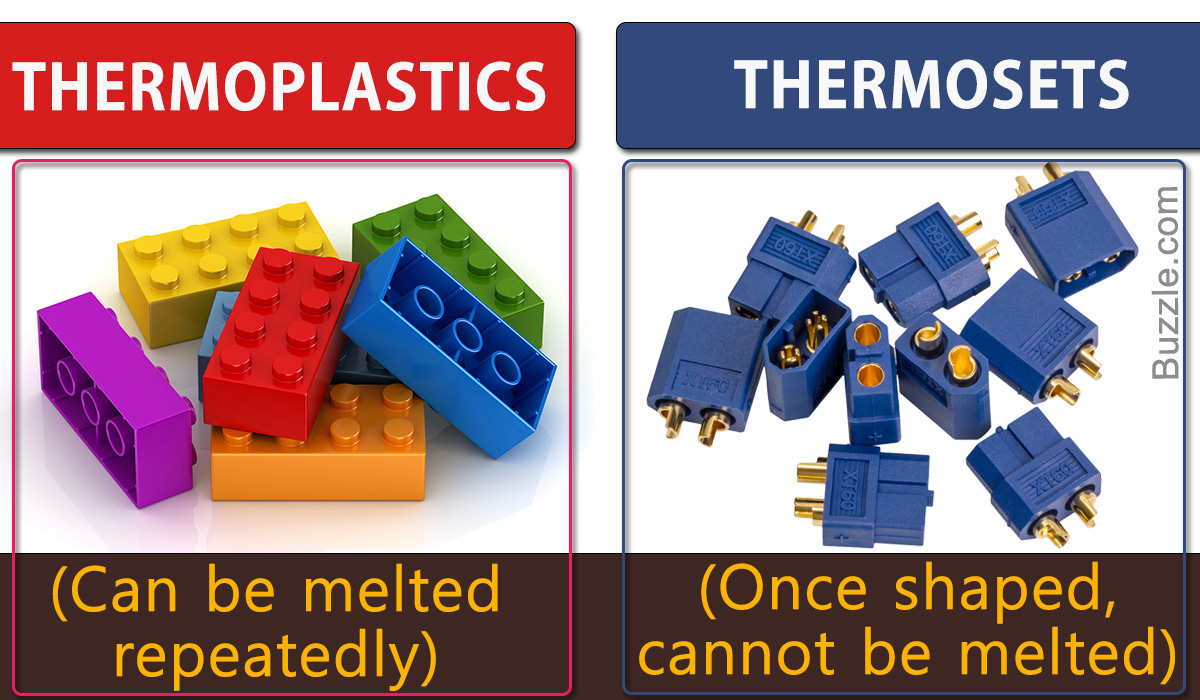
Pictured: Thermoplastics vs. thermosets Source: Buzzle
Despite popular belief, not all plastics are recyclable. The bulk of plastic recycling is downcycling, meaning plastic degrades with each turn through the recycling process. During this process, though, most thermoplastics break down into microplastics, which can cause an abundance of planetary and health issues.
For a more in-depth look at the plastic-making process, click here.
The Problem With Microplastics
Microplastics, as the name implies, are tiny plastic particles. Officially, they are defined as plastics less than 0.2 inches in diameter, which is smaller than a standard pearl. There are two categories of microplastics known as primary and secondary.
Primary microplastics are tiny particles designed for commercial use, such as microfibers shed from clothing and other textiles. Secondary microplastics are particles that result from the breakdown of larger plastic items like water bottles. This breakdown is caused by exposure to environmental factors like the sun’s radiation and ocean waves.6
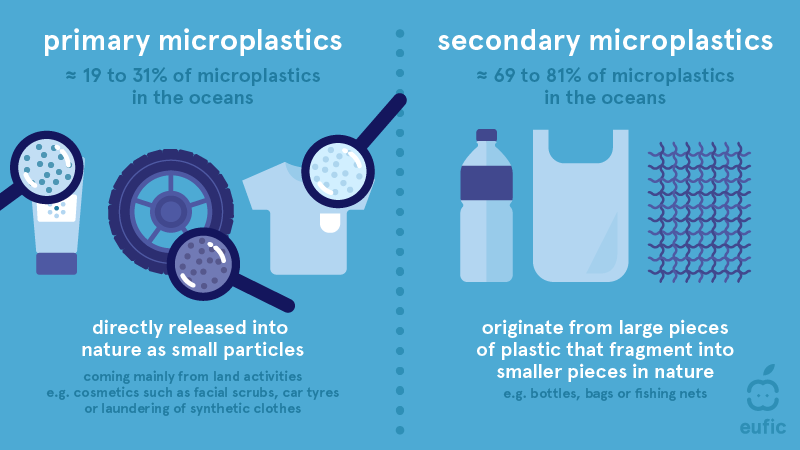
Pictured: Primary and secondary microplastics Source: The European Food Education Council
The problem with microplastics is that they don’t readily break down into harmless molecules. In fact, microplastics have been detected in marine organisms and our drinking water; standard water treatment facilities cannot remove all traces of microplastics. To further complicate matters, microplastics in the ocean can bind with other harmful chemicals before being ingested by marine organisms.7, 8
Many countries are taking action to reduce microplastics in the environment. A 2017 United Nations resolution discussed microplastics and the need for regulations to reduce this hazard.9 Additionally, going into 2022, the California Ocean Protection Council approved the first comprehensive microplastics strategy in the nation, which identifies early actions and research priorities to reduce microplastic pollution in California’s marine environment.
Plastic Stats and Facts
Undoubtedly, plastics have helped make a number of commodities more affordable, adding vitality to many economies, but the world’s plastic appreciation has turned into a reliance that’s damaging our planet. Here are a few interesting plastic stats and facts to take note of:
- Nearly 380 million metric tons of plastic waste are produced yearly, which is equivalent to the weight of the human population.
- Plastic waste is growing at an annual rate of 9%.
- The US is the world’s top generator of plastic waste.
- Around 70,000 microplastics are consumed by an average person each year.
- One million marine animals die due to plastic pollution every year.
- 75% of all plastic produced has become waste.
- It takes around 500 to 1,000 years for plastics to decompose.
- 73% of all litter on beaches worldwide is plastic.
- About 91% of plastic is not recycled.10
Tips to Help You Use Less Plastic in Your Everyday Life
When we read about the scale of plastic waste in our landfills and oceans, it’s tempting to feel overwhelmed and question whether anything we can personally do would make a difference. However, the truth is that even the smallest changes of habit, accumulated over time, add up to a massive difference. Here are our top six tips for living with less plastic:
- Try using a reusable produce bag, such as these from Purifyou, as a single plastic bag can take nearly 1,000 years to degrade.
- Try to avoid using plastic straws and instead purchase reusable stainless steel or bamboo ones. You can also try compostable straws like the EQUO Grass Straws.
- Grab your own reusable water bottle, considering that plastic bottles are one of the most common sources of plastic pollution, and are frequently found on beach cleans globally. The Tree Tribe Stainless Steel Water Bottle, for example, is insulated, indestructible, and eco-friendly.
- Composting is a great way to reduce your waste overall. When you throw away less food, you’ll use fewer plastic garbage bags and storage dishes. Check out this beginner’s guide to composting for tips, tricks, and an easy how-to.
- You can reduce plastic waste by eliminating plastic bottles of body wash each month. Instead, try switching to soap bars wrapped in paper or cardboard, like these from ECO Amenities, for an easy zero-waste swap.
- Disposable plastic razors are not typically recyclable and therefore sit in landfills without ever completely decomposing. The good news is that there are plastic-free options, such as these from Preserve POPi.
Plastic-Free Brands to Take Note Of
We all face slightly different obstacles when it comes to going zero-waste. Maybe you find it hard to kick the habit of getting your caffeine fix in a takeaway coffee cup? Or perhaps you tend to end up with excess food that finds its way into the trash? These plastic-free brands provide sustainable solutions to help you succeed on your zero-waste journey:
KeepCup
When siblings Abigail and Jamie Forsyth started a café business in Melbourne in 1998, disposable cups were being introduced into the public landscape; but as their business grew, so did their concerns about the volume of packaging being consumed, particularly disposable cups as they were lined with polyethylene and non-recyclable.
The first KeepCups were sold to in 2009 at an independent design market. People recognized KeepCup as the solution to single-use packaging and the volume of waste entering the environment. KeepCups are now used in more than 75 countries around the world and have been named a B-Corp company.
The KeepCup Reusable Tempered Glass Coffee Cup
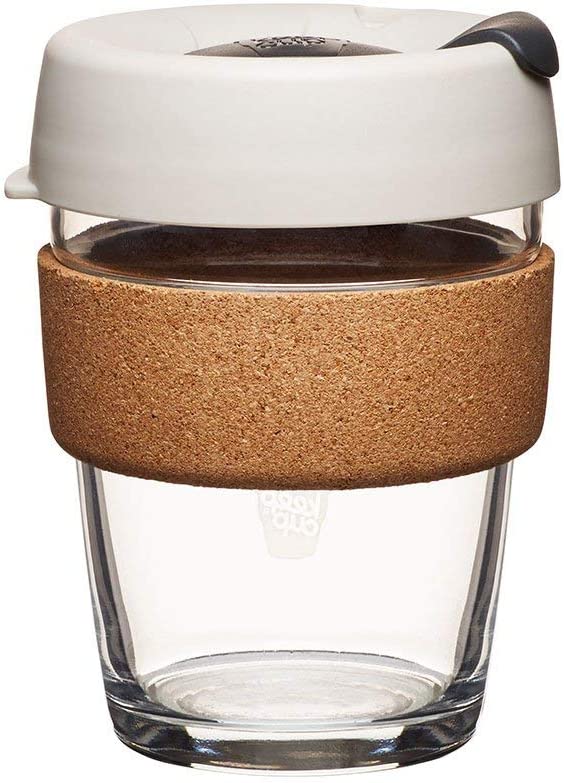
Made from durable tempered glass with a recovered corn band manufactured from agricultural waste in Portugal, the KeepCup Reusable Coffee Cup is designed to enjoy coffee’s craft and sensory pleasure on the go. It’s easy to pour with a press-fit sipper lid that can be removed.
To shop the KeepCup Reusable Tempered Glass Coffee Cup, click here.
David’s
After seeking out healthier alternatives for the everyday bathroom staple, Eric David Buss set out to create his line of premium, natural toothpaste made without fluoride, sulfates, artificial flavors, or preservatives. Instead, David’s toothpaste is formulated with locally-sourced, naturally-derived ingredients that safely and effectively keep your teeth healthy.
David’s, an EWG-Verified and Leaping Bunny Certified brand, is dedicated to sustainability and giving you an excellent toothbrushing experience. The brand’s toothpaste packaging comes in a recyclable metal tube that’s FSC certified. Additionally, its products are fluoride-free due to health concerns surrounding the ingredient.
David’s Natural Whitening Toothpaste
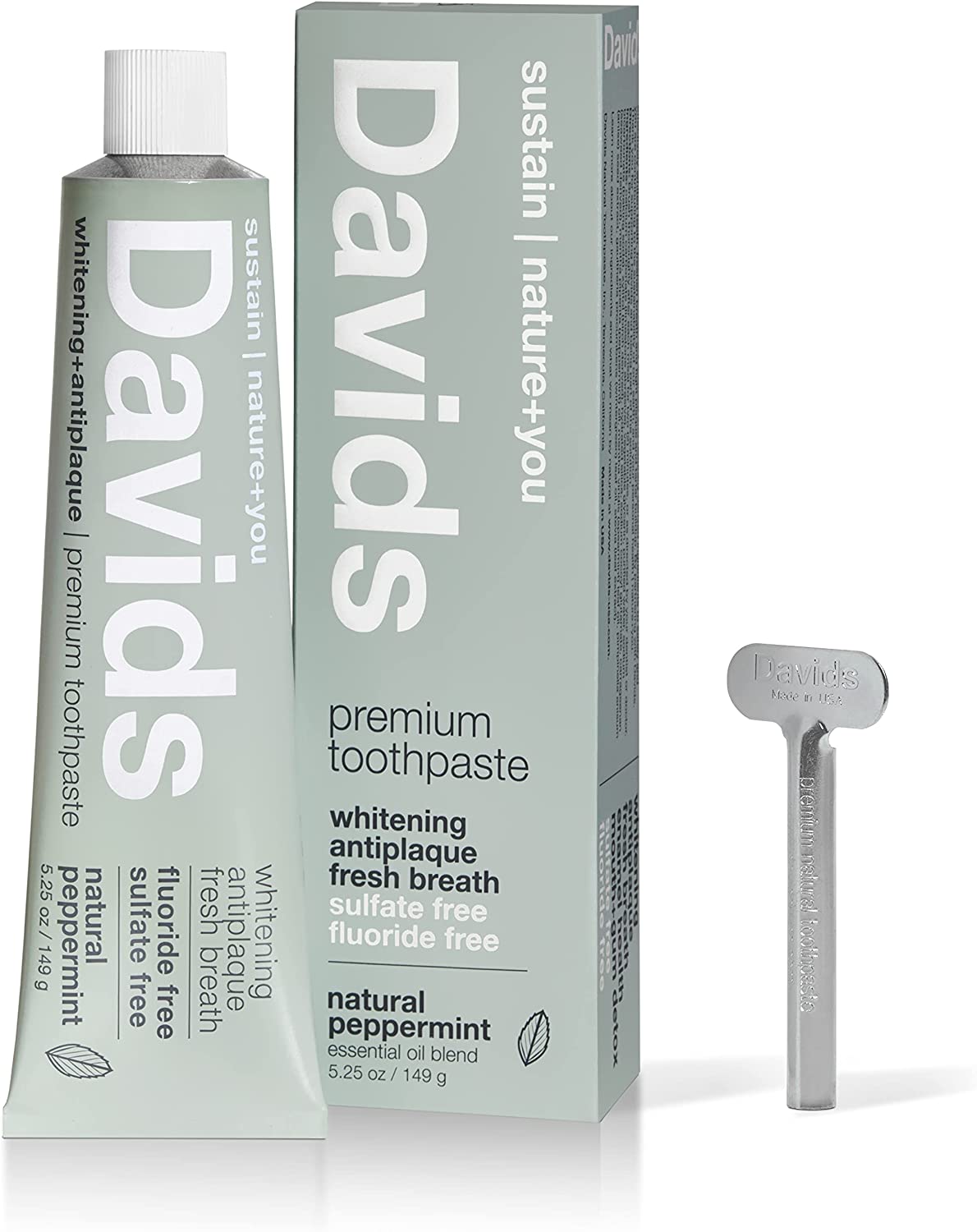 David’s Toothpaste has eliminated many common toothpaste chemicals and replaced them with healthier high-performance ingredients to create a premium toothpaste that effectively removes plaque and naturally whitens and freshens breath. In addition, this product is formulated to restore a healthy PH balance and support your mouth’s natural oral microbiome.
David’s Toothpaste has eliminated many common toothpaste chemicals and replaced them with healthier high-performance ingredients to create a premium toothpaste that effectively removes plaque and naturally whitens and freshens breath. In addition, this product is formulated to restore a healthy PH balance and support your mouth’s natural oral microbiome.
To shop David’s Natural Whitening Toothpaste, click here
Pela Case
Pela Case began with Jeremy Lang, its founder, seeing firsthand the damage plastic was doing to our oceans while on a family vacation in Hawaii in 2008. Jeremy spent years experimenting with new materials to try and find an alternative to plastic that could be used in everyday products.
Pela Case has designed the world’s first 100% compostable phone case. Once they nailed down phone cases, they added AirPod cases, smartwatch bands, and other accessories. At the end of its life, no matter how short or long, you can toss your Pela accessory into the compost, and it will return to the earth.
The Pela Phone Case for iPhone
 Pela cases are made from flax plants, which provide great protection from drops and scratches, as the flax creates a natural shock absorption. Additionally, when you no longer need your case, you can compost it or send it back to Pela, and the brand will turn it into a new Pela product. Pela also makes cases with cute designs to meet everything aesthetic.
Pela cases are made from flax plants, which provide great protection from drops and scratches, as the flax creates a natural shock absorption. Additionally, when you no longer need your case, you can compost it or send it back to Pela, and the brand will turn it into a new Pela product. Pela also makes cases with cute designs to meet everything aesthetic.
To shop the Pela Phone Case for iPhone, click here.
Suds & Co.
Suds & Co. carries all-natural shampoo and conditioner bars and accessories. A 3.5 oz Suds & Co.bar is equivalent to at least two plastic 16 oz shampoo bottles, and with several different types of scents and bars, you’ll be able to find one that works best for you.
Beautifully boxed with the minimalist in mind, each bar comes completely packaged in biodegradable and compostable materials. The brand has been featured in Buzzfeed, Going Zero Waste, Yahoo Lifestyle, and Health Magazine.
Suds & Co. Solid Shampoo Bar
 Suds & Co.’s shampoo bar hydrates all hair types with nutrient-rich ingredients, such as hemp seed oil and jojoba oil. The bars are always free from parabens, dyes, synthetic fragrance, SLS and GMOs; each bar delivers botanical nutrition to maximize hair’s growth, strength, and shine.
Suds & Co.’s shampoo bar hydrates all hair types with nutrient-rich ingredients, such as hemp seed oil and jojoba oil. The bars are always free from parabens, dyes, synthetic fragrance, SLS and GMOs; each bar delivers botanical nutrition to maximize hair’s growth, strength, and shine.
To shop the Suds & Co. Solid Shampoo Bar, click herWe.
Humanist Beauty Is Committed to Zero-Waste and Responsible, Plastic-Free Packaging
At Humanist Beauty, we believe that beauty should live forever – not its packaging, which is why we use the most environmentally conscientious packaging options we can. We’ve also committed to becoming a zero-waste brand through the help of TerraCycle’s Zero Waste Box platform.
Most of Humanist Beauty’s packaging is made of glass and paperboard, which is recyclable. We only use post-consumer recycled paper-based packaging for our shipping materials with no plastic void fill or tape. Humanist Beauty also minimizes the use of virgin plastic while seeking to avoid virgin plastic componentry further as we grow.
To participate in our TerraCycle partnership, you can send us your bottles, tubes, and makeup palettes. The packaging doesn’t have to be from Humanist Beauty; it can be from any brand. We’ll even pay and provide your postage to make sending your empty packaging to us easy and seamless. Once we receive your packing, we’ll hand it to TerraCycle to be broken down, recycled, or repurposed.
To learn more about our pledge to go zero-waste, click here.
Which tip mentioned above will you employ to reduce your plastic usage? Let us know in the comments!
References
https://www.britannica.com/science/ethylene-propylene-copolymer [2]
https://www.aiche.org/resources/publications/cep/2015/september/making-plastics-monomer-polymer [3]
https://www.woodlandplastics.com/understanding-thermoset-plastics.html [4]

